Film Finance Package The complexity of a Film Finance Package is such that producers need to ensure that the relevant parties are satisfied with the assessed risk and its subsequent management and implemented control measures.

If a project must be abandoned, this can lead to an insurance claim which recoups lenders and financiers to the amount covered in the policy.
In particular, the primary insurer such as the completion bond company will use the risk assessment to reinsure the project in parcel amounts to several reinsurers, covering financiers, individual investors, lenders, and loan interest and fees within a specific time frame.
They will also purchase an insurance policy to underwrite the bond itself.
At Health Safety Emirates we support the producers in providing both the necessary risk assessments for production in all aspects, filming locations, production schedule and creative content (Stunts, SFX, Armory, Picture Vehicles), Infection Control and Emergency planning.
Add-on specialty policies While most film production insurance policies are a combination of General Liability, Workers’ Compensation, and equipment coverage, some productions require special insurance policies, insuring everything from stunts to drones.
We will provide the necessary risk assessment to cover any such activities in order to protect production and placate the insurer.
Added onto the existing annual or short-term production insurance policy, special film production insurance policies cover a wide swath of elements, including:
- Aerial Photography
- Aircraft Transports
- Animals
- Automobiles
- Drones
- Stunts
- Weapons
- Watercraft
- Props
- Sets
- Weather
- Railroads
- Special Effects
- Pyrotechnical Effects
- Specialty Vehicles
- Underwater Shoots

Filming Locations When a production ventures into a different country or region to film there are often concerns in terms of the geopolitics, cultural nuances, and infrastructure to support an international production.
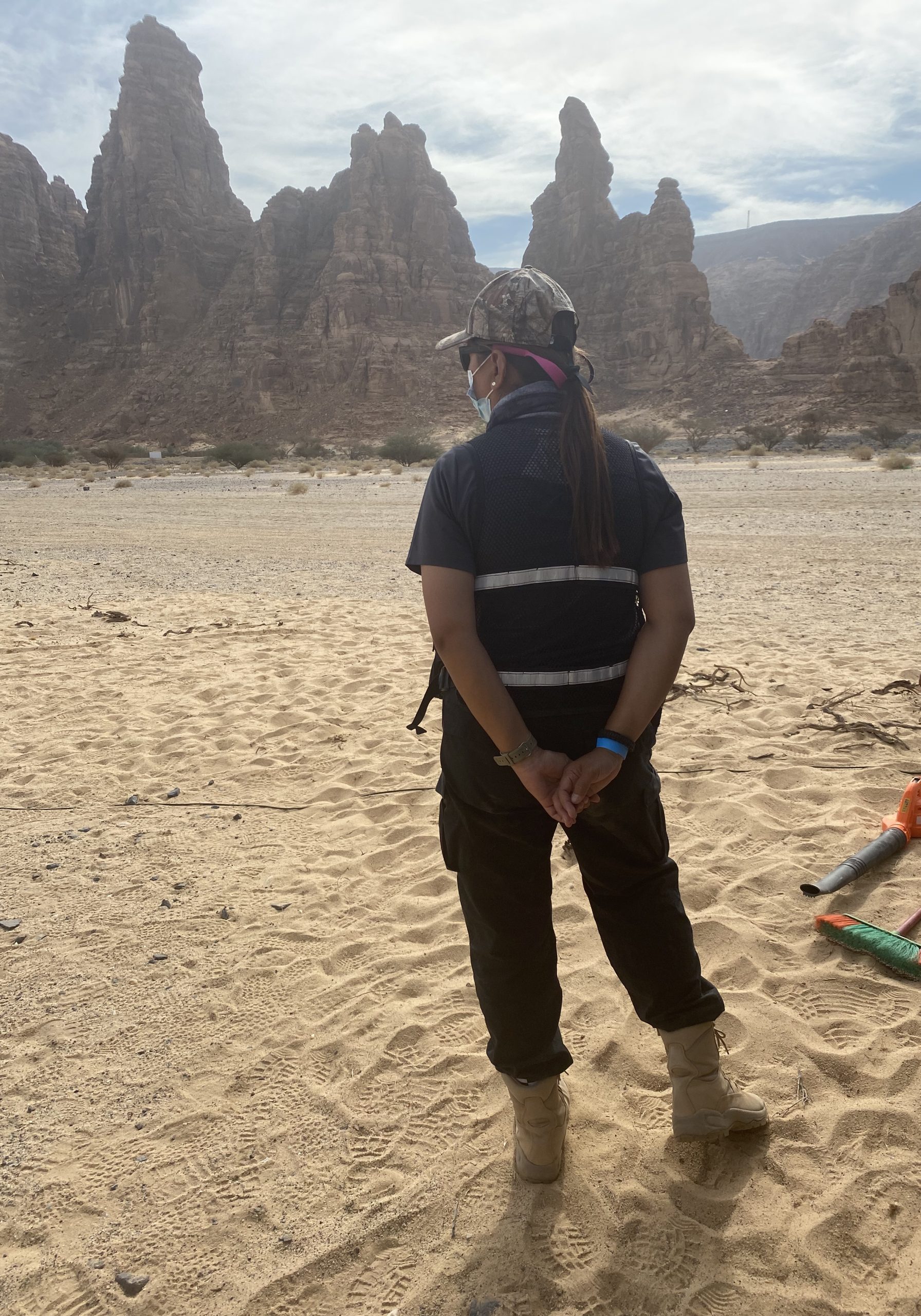
We will review a script and assess the risk of filming in a location based on the above criteria and considerations
Whether it’s a remote location, hostile or culturally specific, we will produce a risk assessment based on the prevailing risks of the location and the impact locally both on the community and the crew should production choose to film in all areas of safety and security.
As such we produce a risk assessment for consideration taking into account, but not limited to
- Logistics, and available travel corridors both domestically and for international travel
- Local infrastructure and subsequent facilities and utilities
- Social-economic issues
- Community health and wellbeing
- Political stability
- Geopolitical challenges
- Critical infrastructure
- Local Crew
- Any additional prevailing risk
Film Making Based on the production schedule we produce risk assessments for both general production and scene specific based on the schedule and the engaged departments and activities necessary to capture the content.
Taking into consideration if it’s an interior or exterior, terrain (Rugged, Water, Sand), climate, space, height, light and prevailing risks such as traffic, general public, wildlife and so on.
As such we consider the following:
- Generic Risk based on Filming Making in general
- Location Specific Risk
- Department Specific Risk
- Stunts
- SFX
- Armory
- Picture Vehicles
- Camera (Russian Arm / Precision Drivers
- Lighting
- Grips
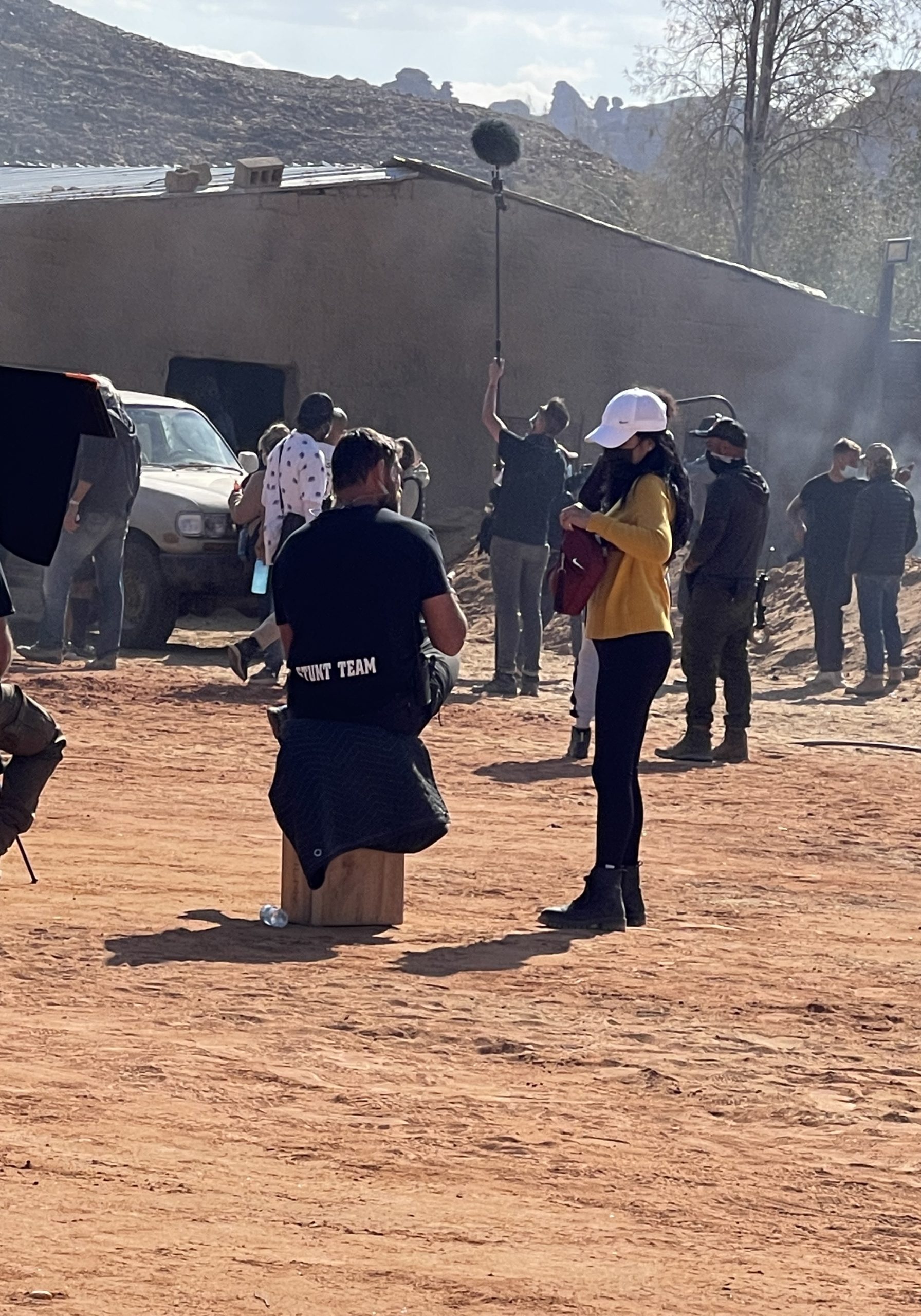
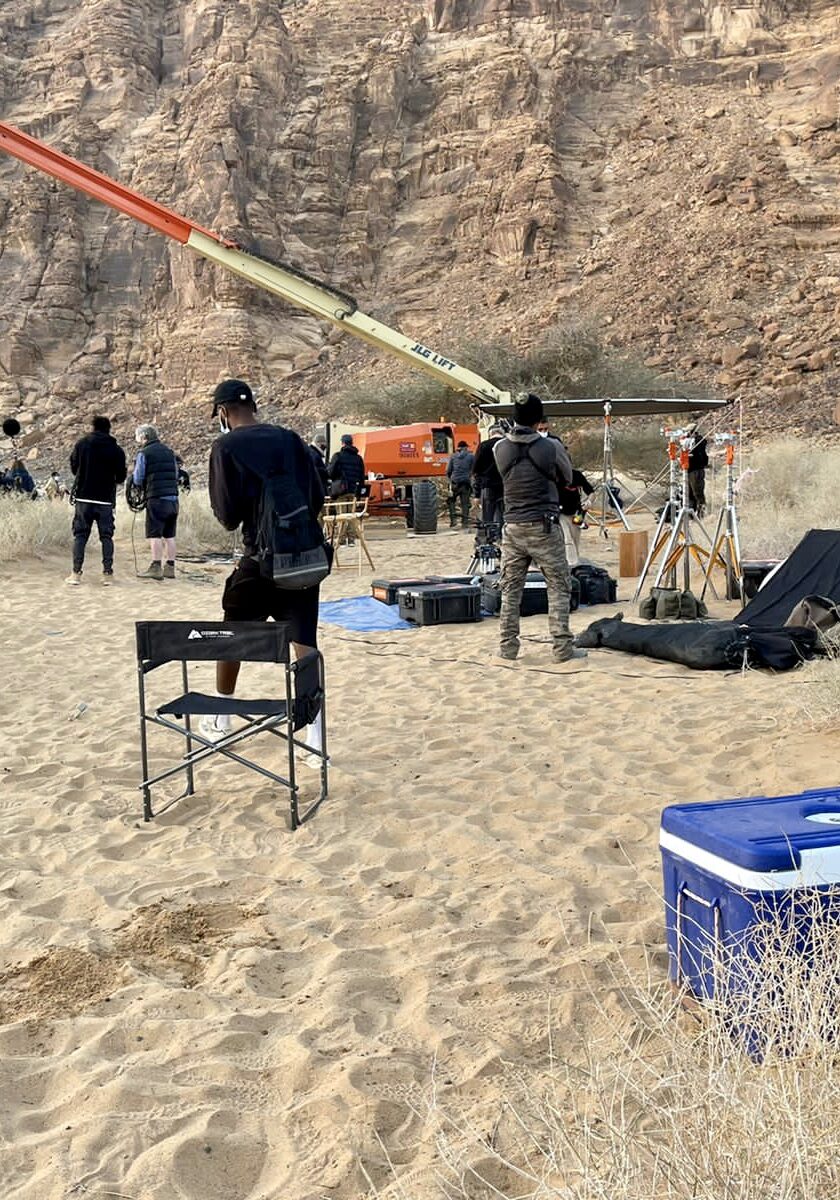
Based on the activity, circumstances (Complexity, Light, Terrain, Prevailing Risks) and the overall impact on the safety and welfare of all crew.
Regarding the above cited departments, the burden of risk is primarily managed by the HOD who will be deemed the most competent person to assess the risk based on their training and experience.
The safety manager will then review the risk assessment and build it into the risk management plan for the day. Should the risk assessment from the HOD not be deemed satisfactory the safety manager will support the department head in refining, so all appropriate risks have been considered and subsequent control measures implemented.
The safety coordinator will then ensure that day’s risk assessment is available for all crew and interested parties such as the Insurer.
We are the market leaders,
we are the go to.
If you want to feel cared for and valued, if you want to feel safe and secure and you need our services, then there really is no one else.
Services
AFFILIATES

Prepyou.eu
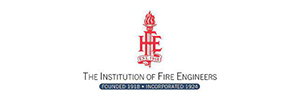
The Institution of Fire Engineers
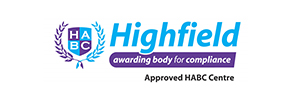
Highfield

iosh International

British Bodyguard Association

